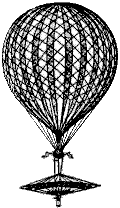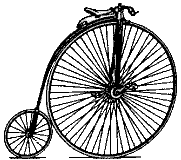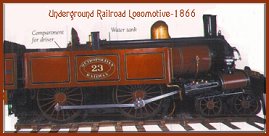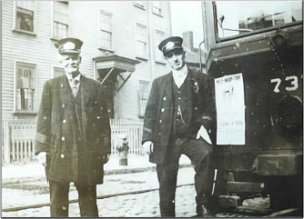 |
 |
 |
 |
|
Welcome to the Historical/Victorian Cat Society pages for trains and other transportation of the Victorian era. We will study trains, coaches, carriages, and other means of getting about in early days. Since we are not limited to the Victorian era, you mat go back further in time for interesting transports. Nikita La Femme contributed the following... Although you think of ships, trains, carrages, and even horseback riding when you are considering transportation in the Victorian Age, two very important inventions were developed during that time that changed the face of transportation forever. They are the Zepplin and the Airplane. Here is information on both of them. ZEPPELIN was the name given to the duralumin-internal-framed, dirigibles invented by the persistent Count Ferdinand von Zeppelin. The LZ1 made its initial flight from a floating hangar on Lake Constance, near Friedrichshafen in Southern Germany, on 2 July 1900. Archiv der Luftschiffbau Zeppelin GmbH The Zeppelins were used in both war and peace. In the era before the widespread use of the airplane, they were used for aerial excursions in Germany and made regularly scheduled passenger flights across the Atlantic to Brazil and the United States. In demonstration flights, the Graf Zeppelin traveled to the Arctic and to Palestine, and also circumnavigated the globe. The U.S. Navy acquired a Zeppelin as part of its own dirigible program.
AIRPLANE They completed their first powered machine, the Kitty Hawk, in 1903, and made history's first powered, sustained and controlled airplane flights from level ground without any assistance at takeoff on the morning of December 17, 1903. In 1908 they were able to conclude an agreement for production of the Wright airplane for the U.S. Army. By Nikita La Femme |

|
Silvermyst and Cheyenne Autumn contribute the following on some other forms of transportation... 1847-OMNIBUS-UK
1863 - UNDERGROUND RAILROAD - UK  
We have received the following from former member,Lloyd 
Virtual Tour of Victorian Transportation

HOME Some graphics By CATSTUFF |